Landlord Reference Letter Template for UK Tenants
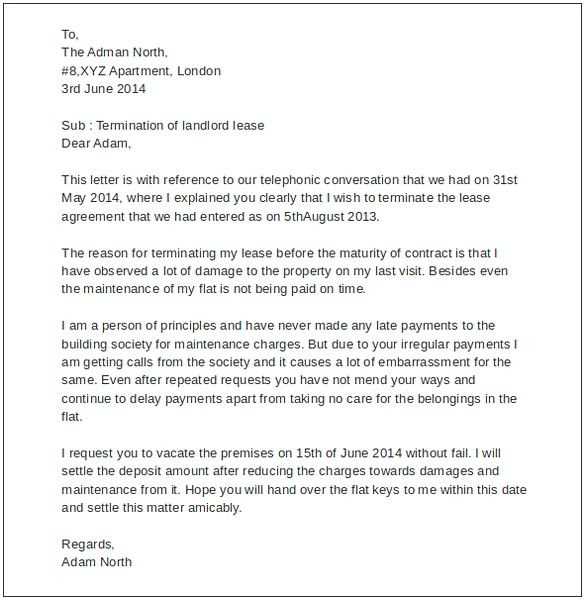
When renting a property, both tenants and property owners may benefit from a well-crafted document vouching for the tenant’s reliability and history. This type of communication serves as a valuable tool in securing future housing opportunities and building trust between all parties involved. Understanding the key aspects of creating such a statement can help ensure that it meets the necessary requirements and is impactful.
Key Components of a Comprehensive Statement
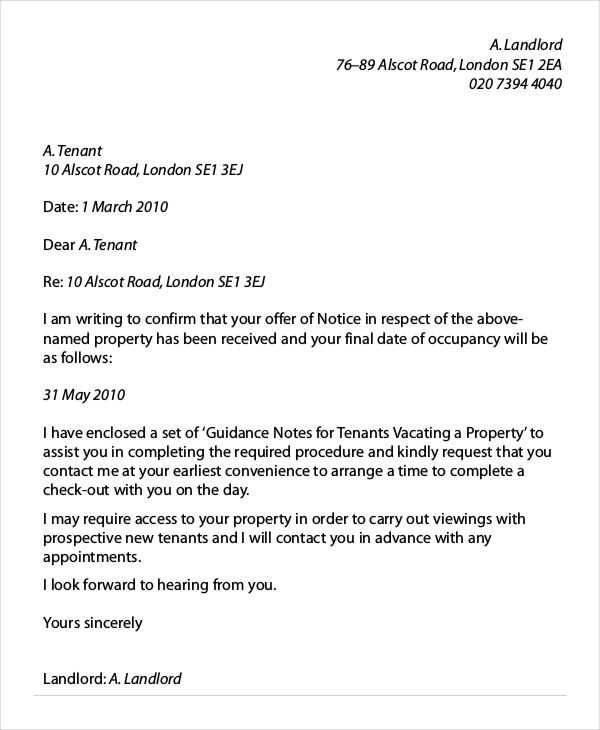
To create a document that is both effective and professional, it is important to include specific details about the tenant’s behavior, rental history, and overall responsibility. Here are some critical elements to include:
- Tenant’s Background: Provide basic information, such as the length of the rental period and the type of property rented.
- Payment History: Mention whether the tenant consistently paid rent on time and if there were any issues during the tenancy.
- Property Care: Describe how the tenant maintained the property, including cleanliness and care for the space.
- Behavior and Conduct: Highlight the tenant’s behavior towards neighbors and adherence to property rules.
Steps for Writing a Strong Character Statement
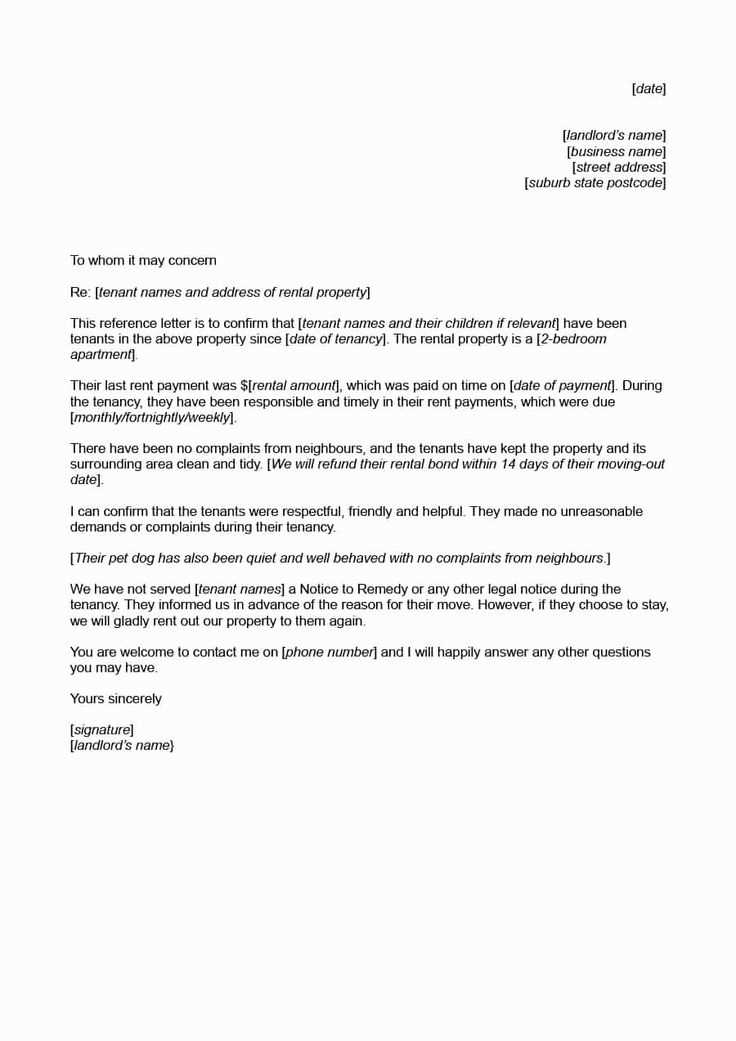
Writing an effective character statement involves more than simply listing facts. It requires a clear and concise approach while maintaining professionalism. Follow these steps for an impactful communication:
- Introduce yourself and your relationship with the tenant.
- Explain the tenant’s time spent in the property and their role in maintaining a positive rental experience.
- Provide specific examples of their reliability, responsibility, and adherence to agreements.
- Conclude with a strong recommendation, affirming your confidence in the tenant’s future reliability.
Customizing the Document for Different Situations
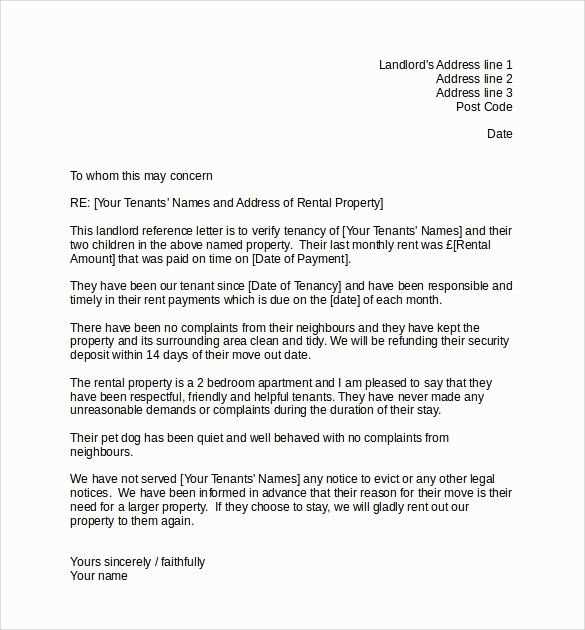
Depending on the recipient’s requirements, it may be necessary to adjust the tone and content of the statement. For example, a more formal tone might be needed for official housing authorities, while a personal touch could be appropriate for a private landlord. Always tailor the document to the specific needs of the situation to make it as effective as possible.
Common Pitfalls to Avoid
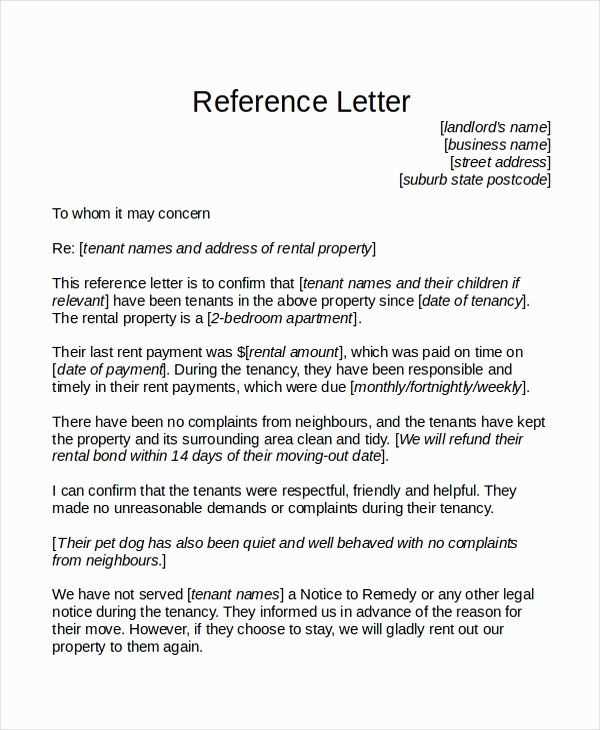
While drafting this document, there are a few common mistakes to watch out for:
- Vagueness: Avoid general statements that do not provide specific examples or evidence of the tenant’s reliability.
- Exaggeration: Stay truthful and realistic about the tenant’s history to maintain credibility.
- Missing Details: Ensure that the most important aspects of the tenant’s rental experience are covered comprehensively.
By following these guidelines and customizing the document to suit individual needs, the statement will become a powerful tool in ensuring a tenant’s positive rental history is accurately represented. This will ultimately improve their chances of securing a new home in the future.
Understanding the Importance of a Support Statement
Key Components in a Rental Character Statement
How to Draft a Professional Document
Advantages for Tenants and Property Owners
Frequent Mistakes to Avoid
Advice for Customizing the Document
Legal Aspects of Rental Statements
Creating a well-written document that vouches for a tenant’s reliability is a crucial part of the rental process. This type of communication serves to verify the tenant’s behavior, payment history, and overall responsibility during their time in the property. Understanding its significance can help ensure it is impactful and beneficial for both the tenant and the property owner.
Key Components in a Rental Character Statement
A thorough document should include several essential elements that highlight the tenant’s behavior, history, and commitment. Key points to cover include:
- Tenant’s History: Information about how long the tenant has rented the property and the nature of their stay.
- Payment Timeliness: A record of the tenant’s ability to pay rent on time, showing financial responsibility.
- Property Care: Descriptions of how the tenant maintained the property, from cleanliness to general upkeep.
- Behavior and Compliance: Details about how the tenant interacted with neighbors and adhered to house rules.
How to Draft a Professional Document
Writing this type of communication requires clarity and professionalism. Begin by stating your relationship with the tenant and providing key facts about their rental history. Be specific and objective, presenting examples that support your claims. Finish with a strong, yet truthful recommendation.
Advantages for Tenants and Property Owners
Such documents offer numerous benefits. For tenants, it can act as a great asset when seeking new housing, as it highlights their reliability. For property owners, it serves as a tool for fostering positive relationships with potential tenants by providing a clear, honest assessment of previous renters.
Frequent Mistakes to Avoid
While drafting this document, avoid common pitfalls such as:
- Lack of Specificity: General or vague statements do not provide enough insight into the tenant’s true character.
- Over-Exaggeration: Always remain truthful about the tenant’s behavior to maintain credibility.
- Incompleteness: Failing to include important aspects of the tenant’s history can make the document less valuable.
Advice for Customizing the Document
Tailoring the document to suit specific needs is crucial. Depending on whether it’s meant for a formal institution or a more personal arrangement, adjust the tone and level of detail accordingly to fit the context and recipient.
Legal Aspects of Rental Statements
Keep in mind that any information shared should be accurate and truthful. False statements or exaggerations can lead to legal complications. It’s important to ensure that the document adheres to any relevant laws or regulations regarding tenant information in the UK.